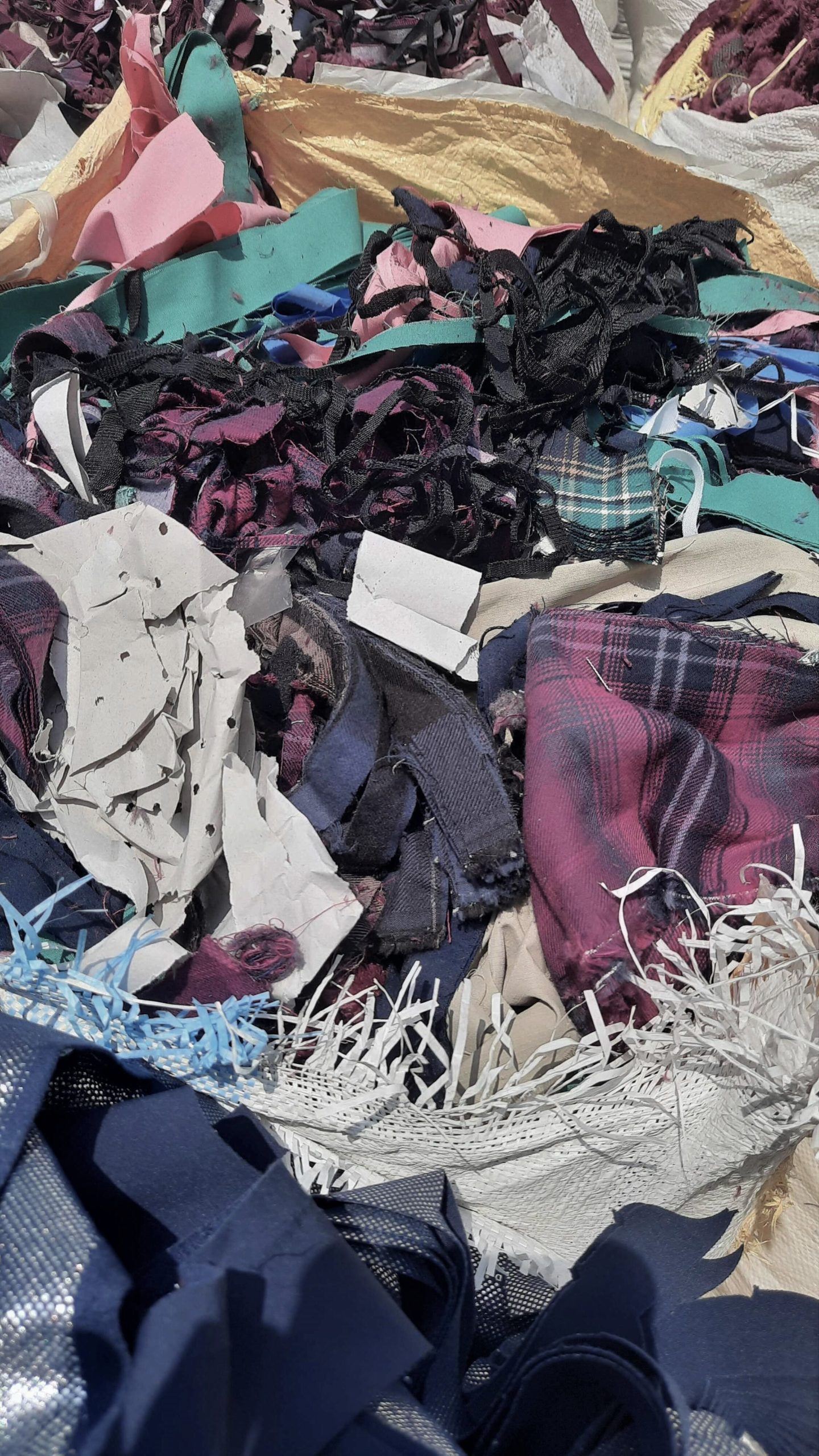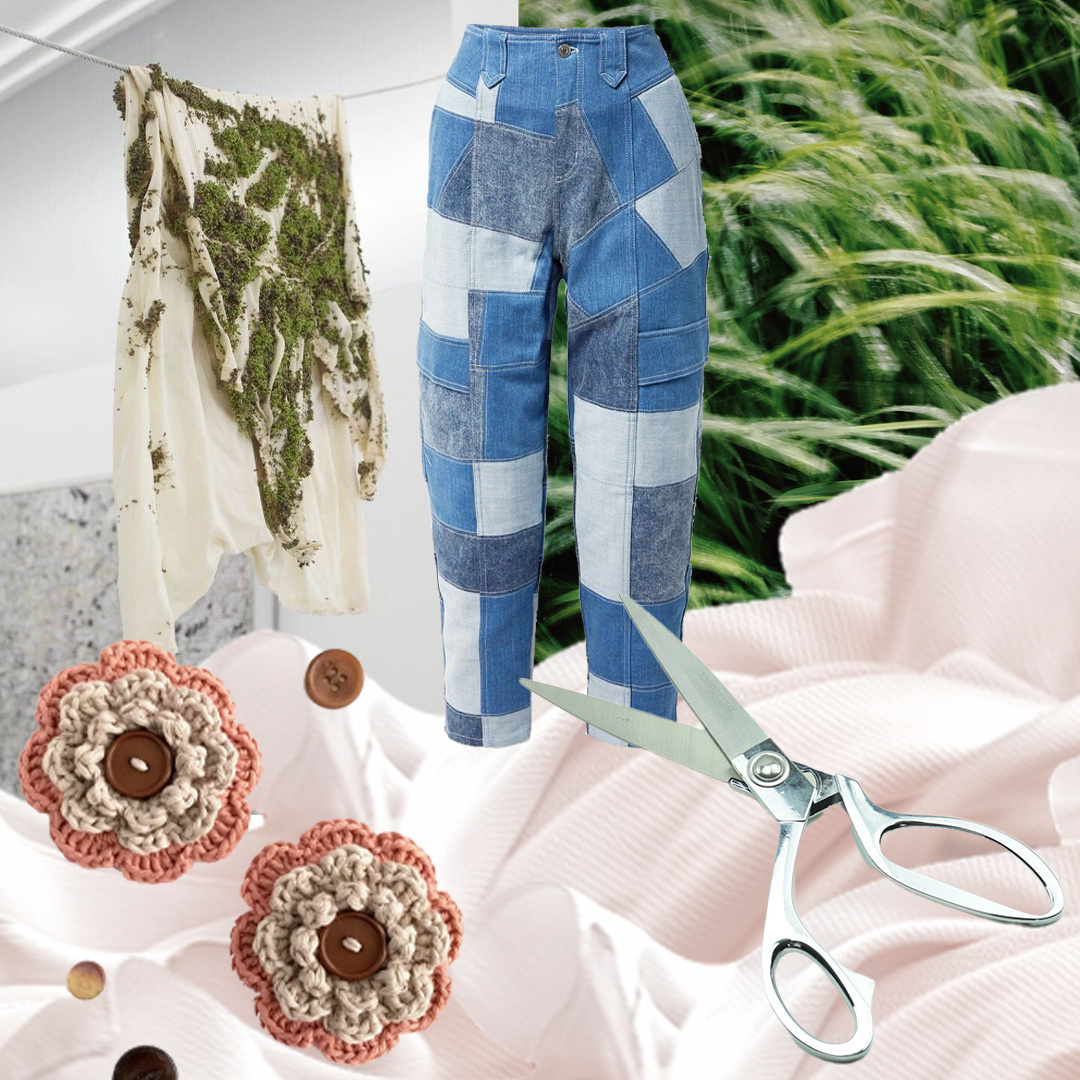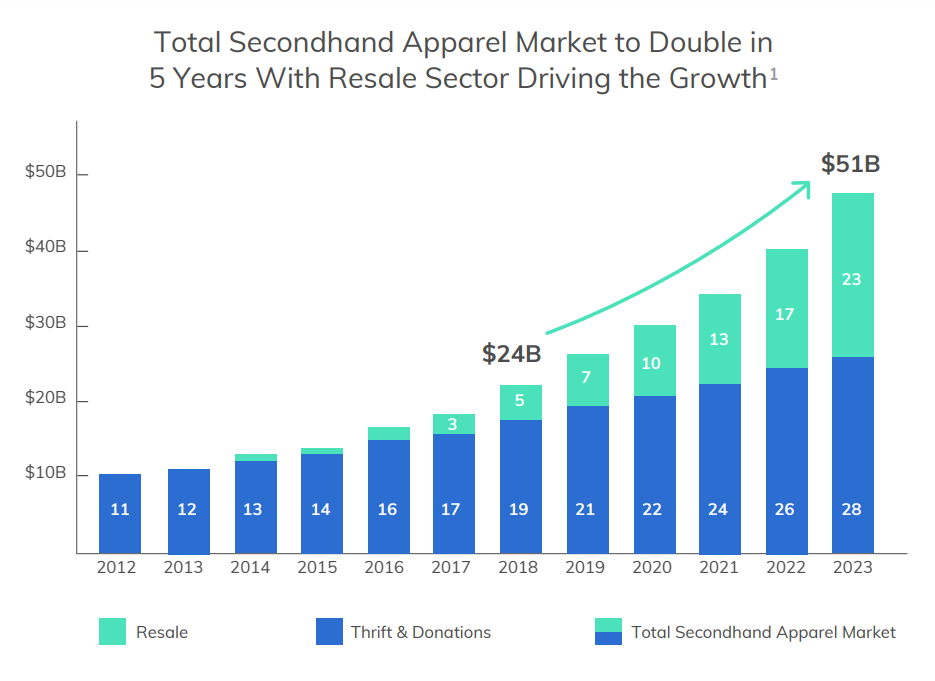
Before we talk about the concept of upcycling, we need to take a step back and discuss the concept of waste.
What is waste?
For one, it is entirely a human creation. Stemming from the lack of understanding of the circular functioning of nature. In nature, there is no concept of waste.
Everything in nature has a purpose.
Not a singular but multiple evolving purposes.
There is a completeness to the way that nature functions. We need to use creativity to upcycle by redefining what we call waste. Even if it isn’t a commodity for human use but a process that gives back to nature (for example composting) – it would still fall under the beautiful realm of upcycling.
As we all are becoming aware of the worrying environmental impact of several industries, we hear the term ‘Sustainable Fashion’ being used and overused. In simple words, it is a blanket term that implies any product (including clothing) or process created and consumed in a manner that can be continual and viable while safeguarding the environment, the product’s life cycle, and the one who produces it. However, the problem is that it is often used without complete context.
And context is exactly what customers want. According to a report issued by the Retail Industry Leaders Association (RILA):
93% of the consumers expect the brands they use to support local, social and environmental issues.
The report also states that 68 million Americans make purchases based on their personal, social and environmental values- and are willing to spend 20% more on eco-friendly products and services.

With numerous factors involved, just changing our buying habits and shopping for high-priced ‘‘sustainable” labelled brands will not be enough. We need to rethink our buying habits and how we consume products. Adopting advanced technologies like Cloud warehousing, Artificial Intelligence(AI) to identify, predict and forecast trends and generate analytical data, will help in reducing wastage and open up pathways for the industries to adopt a circular path.
Until we figure out how to reduce our waste to imitate nature, Upcycling is a method that can easily be sewn into our current way of consuming.
Upcycling is not necessarily a new concept. It is the process of converting discarded materials or products into something of better quality by value addition or refurbishing. It reuses the pre-consumer and post-consumer “waste” and prevents them from ending up in landfills.
According to Forbes, the market for second-hand and upcycled garments is growing 21 times faster than any conventional apparel commerce.
By 2029 the U.S secondhand fashion market will be more than triple the size it was in 2019, from 28 billion dollars to 80 billion dollars, according to a report by Thredup.

Graph by Thredup
Upcycling largely involves the following steps:
Collection of the old product.
Cleaning and refurbishing
Lorem ipsum dolor sit amet, consectetur adipiscing elit. Ut elit tellus amet
Identification and segmentation
Visual testing
Cost analysis
The only constant in fashion is the demand for fashion.
To meet the consumer’s demand for newness, upcycling or reusing the existing material and creating something of value is a huge step towards reducing waste. It is the most obvious solution that shows a huge untapped potential.
At ID, Our in-house brand, circle, is dedicated to creating environmentally conscious designs and collections. Among these collections are upcycled patchwork designs, naturally dyed garments and fabrics, and multi-functional and genderless pieces. We use recycled fabric made from our cutting scraps for trims. And use technologies such as ozone and laser to offset the use of water in denim production. It is essential to move forward with a consumption-conscious state of mind.
We try to take this mindset beyond garments and into systems and processes and everything we do. We use solar panels reducing 1.80 tons of C02 emissions. We recycle 80% of our water from washing units. Our head office canteen runs on biogas fueled by food waste. The new cafeteria being set up in the head office uses wood leftover from previous factory constructions. Try to avoid end-of-life processes where ever we can, upcycling tires into plant holders and repurposing metal beams into the interior decoration of our office spaces.

Let’s look at some brands making headway in upcycling.
Beyond Retro
Beyond retro sells vintage garments, they are dedicated to providing their customers with zero carbon footprint options. While the brand sells vintage clothes as they are, their sub-brand Reworked is also engaged in creating upcycled garments. All the garments under this label are made from reclaimed fabric or upcycled from second-hand garments. They specialize in giving their customers a one-of-a-kind vintage feel. The trims are also reused as much as possible, they use spare pennies stamped with their anchor logo as buttons.
Patagonia
Patagonia believes that extending the life of a garment and cutting down consumption is the best thing they can do for the planet. Worn Wear is a sub-label where they buy back Patagonia garments once the customers have used them. They then repair or upcycle them depending on their state and resell them. One of their goals is to avoid sending any of their products to the landfill or incineration or any other end-of-life solutions.
Bombay Closet Cleanse
This women-run business started as a garage sale with the aim to make fashion circular. Sorting through thousands of pieces collected from donation drives across Mumbai, Bombay Closet Cleanse creates meaningful collections. They are driven by their passion for vintage styles while designing garments. A part of their proceeds goes to programs for children and also donate clothes that don’t end up being used for designs to affiliated NGOs.
Doodlage
They upcycle pre-consumer waste into short limited edition collections. Longevity is one of their main principles. Making sure that every product is well made and cherished and lasts for a long time. Along with garments, they make accessories and furnishing products from cutting scarps. Their packaging is plastic free too.
Fanfare
Fanfare is known for its bohemian style. They use embroideries from production waste and offcuts to create exceptional styles. Some of their styles have only one piece ever made and these singular pieces are available at their London pop-up stores. This brand is always trying to push boundaries with styles from earth-friendly streetwear to genderless clothing.
Zero Waste Daniel
All garments are made of 100% pre-consumer cutting waste. Making garments from cutting room scraps, design room waste and deadstock fabric, it is totally zero waste. Their style leans towards active wear. With every piece they make, textiles are prevented from entering the landfill. It is important to their cause to support all body types and gender identities and this is reflected in their designs.
